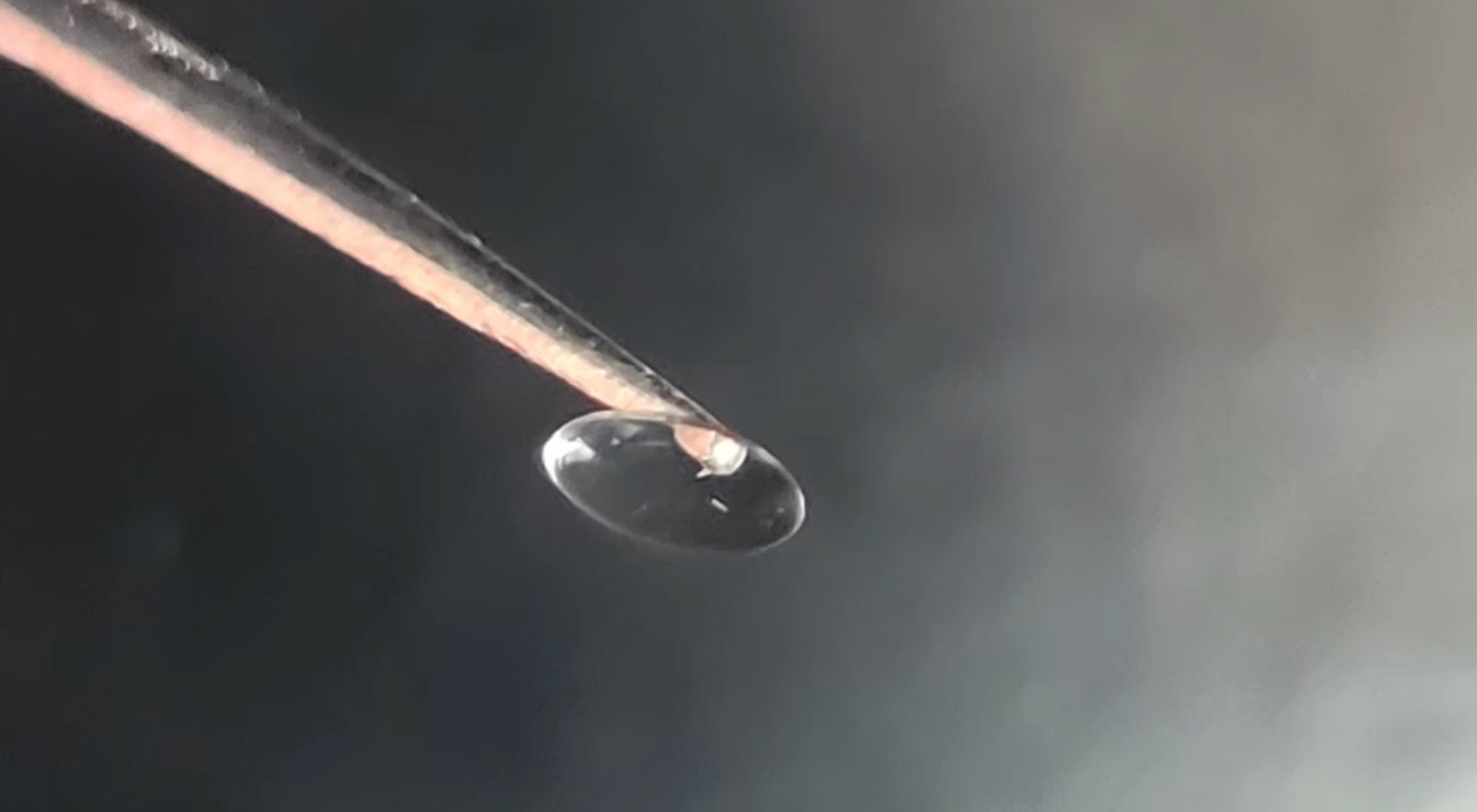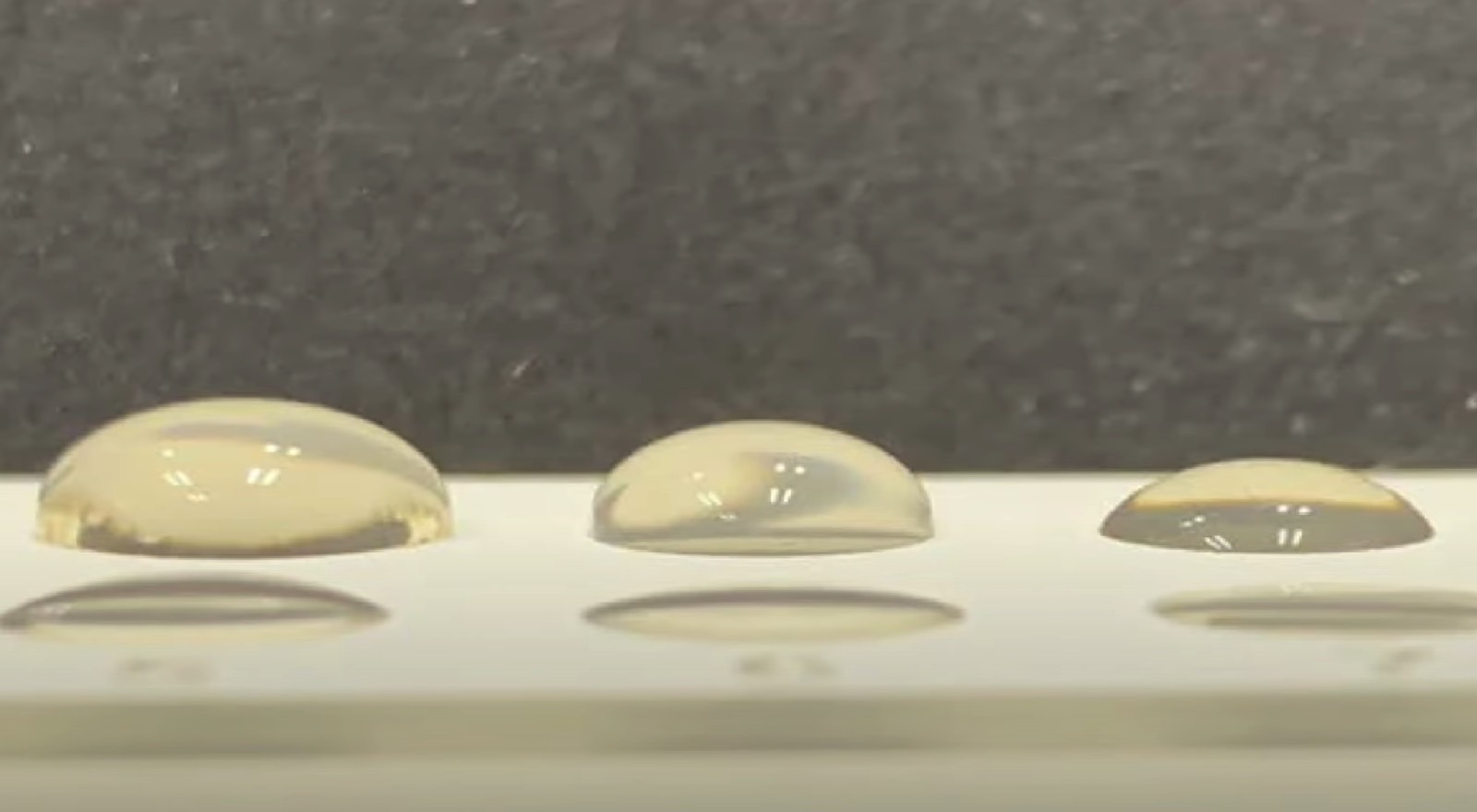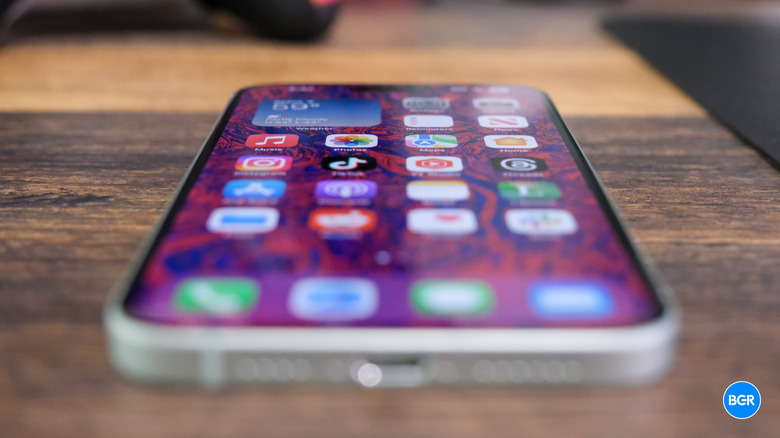Researchers Made Self-Healing Glass That Repairs Itself With Water
I haven't broken the screen of an iPhone in almost a decade. Since then, Apple has introduced much stronger glass that can withstand accidental drops much better than 10-year-old iPhones. Even so, I still put a screen protector on my iPhone display because I'm afraid of accidents.
But what if smartphones like the iPhone featured self-healing glass? Apple and other vendors are already developing such technologies, as we've seen in patent filings. Screens that can repair minor dents and scratches on their own might come to smartphones by 2028, according to some predictions. Tech like that could be incredibly useful for foldable smartphones, too. And Apple is supposedly making a foldable iPhone of its own.
While we wait for smartphones with self-healing glass, researchers have already developed glass that can repair itself when it comes in contact with water. That certainly sounds like the kind of innovation smartphone vendors, and so many other types of companies should be paying attention to.
Per Nature, the researchers developed the self-healing glass accidentally while studying something else. They found that combining a chain of amino acids (peptides) with water lets them create rigid glass.

The water bridges the peptide molecules, stabilizing them into glass as it evaporates. The resulting glass is transparent across both visible and infrared spectrums. It also has a refractive index close to that of commonly used optical glass.
More interestingly, if it cracks, the peptide glass only needs a few drops of water to self-heal. The scratches and dents disappear after moisture is applied.
On the flip side, the absence of water is a problem for this new type of glass. If the glass dehydrates enough, it can crack because there's insufficient water to hold the peptide molecules together.
As exciting as the discovery might be, this new type of glass can't be used directly in smartphones. At least, not for now. Manufacturing could be challenging, as the substance tends to form curves. The researchers may be able to control the curvature by changing the concentration of the solution. When the water evaporates, you end up with convex glass that can be used in lenses. Another obvious problem is that we don't want water getting into smartphones.
Smartphones need flat glass covers, though. Foldable iPhones will need glass covers that can bend at the hinge area.

If the technology were to be used in smartphone displays, more research could always allow scientists to better control the final shape of this peptide glass. They'd also have to find ways to prevent cracking caused by dehydration.
The new material has another interesting and unexpected property: it's a very durable glue. The Nature video below explains that the peptide can adhere to some surfaces.
This property isn't necessarily useful for the mobile industry, but the "glass glue" seems to have impressive adhesive capabilities. The researchers glued two microscope slides together, which remained connected under a 5 kg (11 lb) load.
Check out the video below to see this exciting self-healing glass material created by mixing water with the "building blocks of life."
